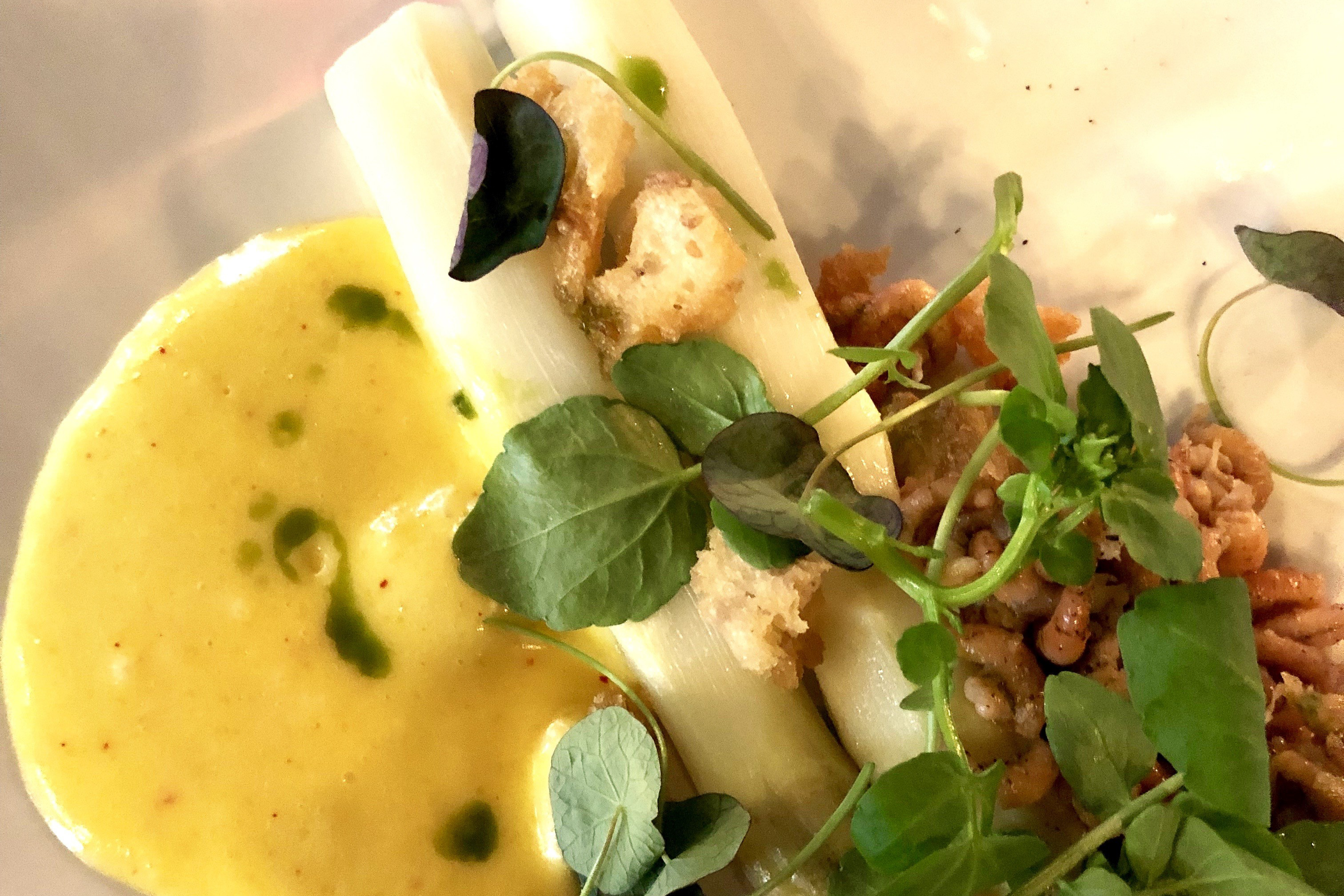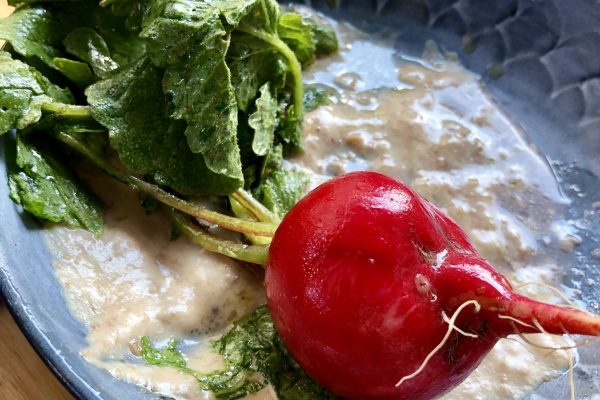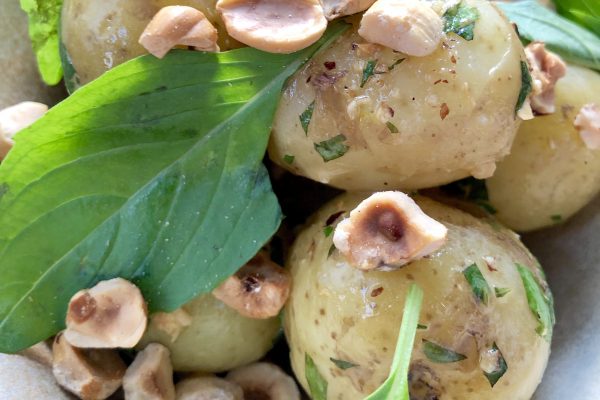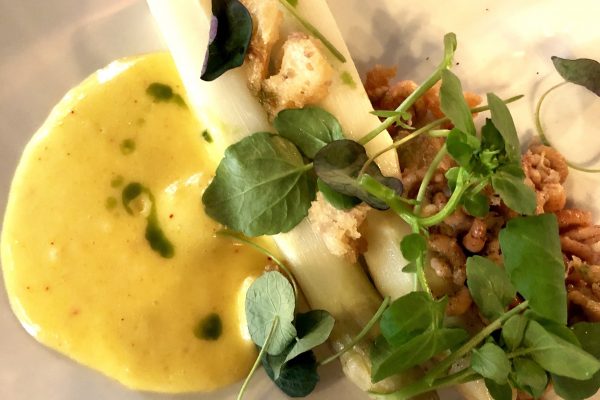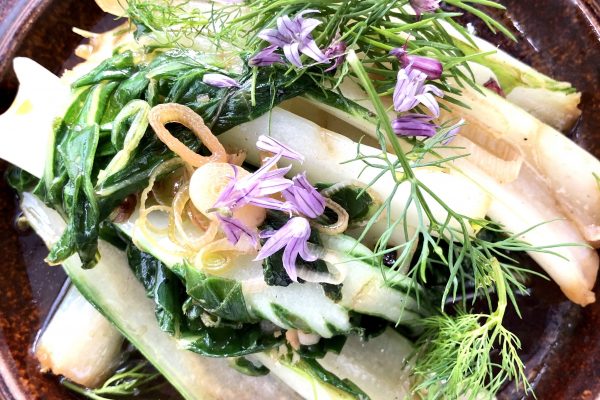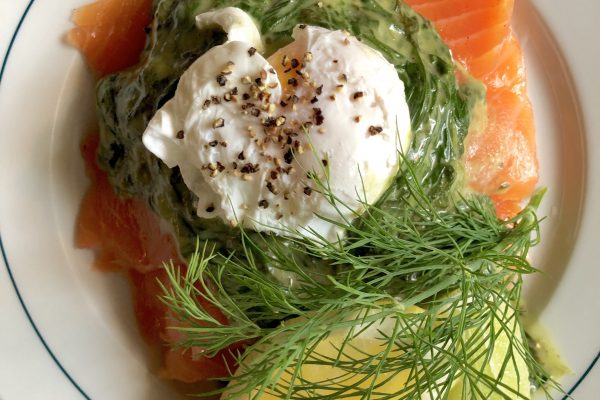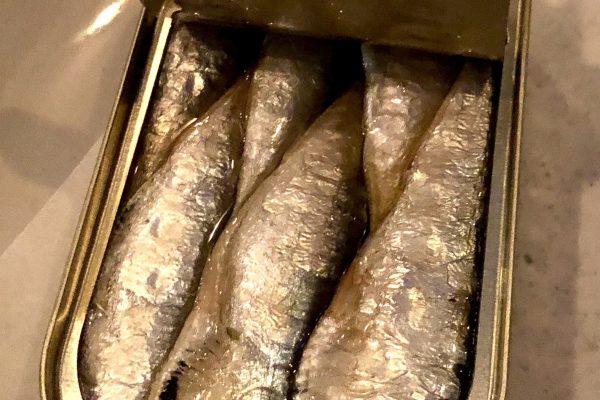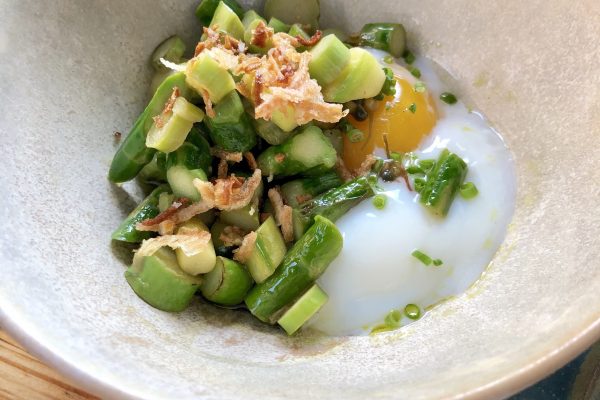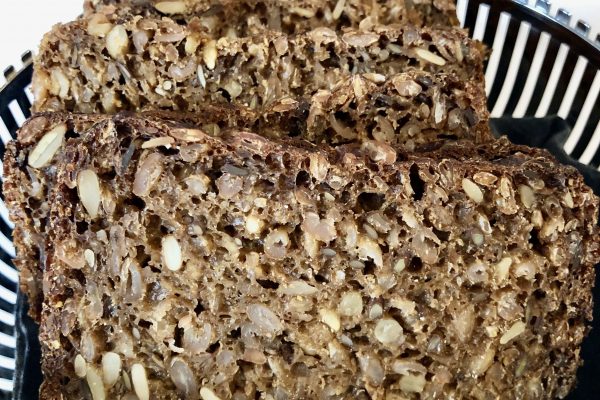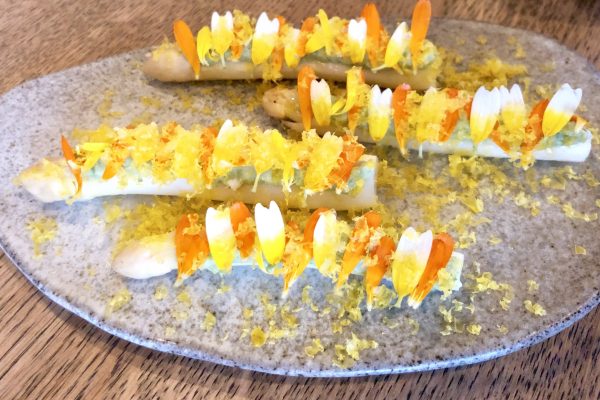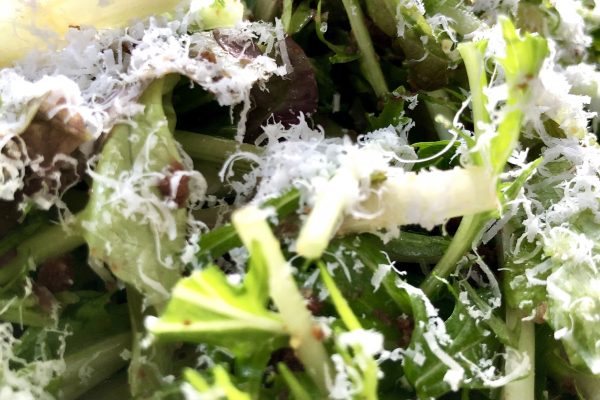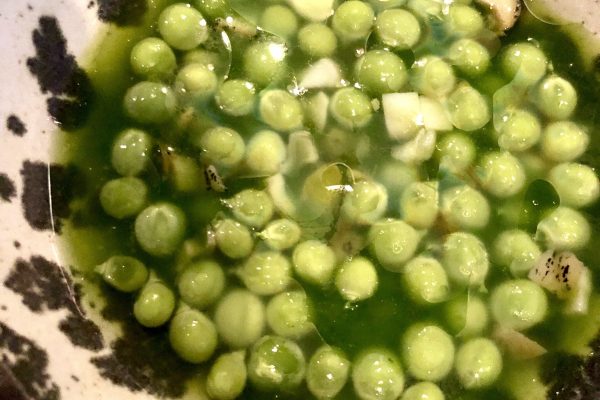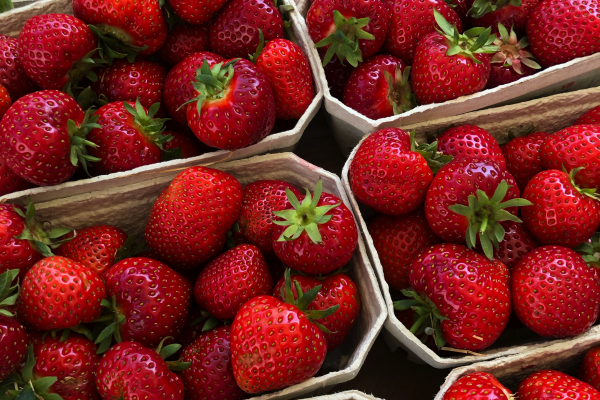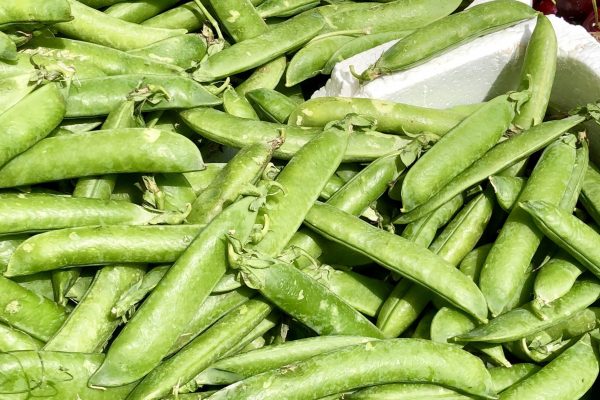Occasions President Jeremy Bronson joined a delegation of 150 Denver community leaders visiting Copenhagen, Denmark, this week on the UrbanEx program of the Downtown Denver Partnership. He shares learnings from the local food scene and the culture of sustainable living.
A poorly kept secret: I absolutely love Denmark. Studies show Danes are the happiest people in the world, and that’s easy to understand. Denmark has plentiful natural resources that support a healthy economy, a rich cultural history and arts community, and a universal commitment to protecting the environment.
And the food! Since multiyear Best Restaurant in the World, Noma opened in 2003, the culinary scene in Copenhagen has exploded. In the last ten years, large indoor and outdoor food halls have flourished, offering authentic cuisines from traditional Danish to Filipino street food to ocean fresh sushi. Fine dining can be found throughout the city, with a decidedly casual vibe and a penchant for tasting menus and organic wines.
In Denmark, it’s all about local. Menus all over are constructed with the same handful of market fresh ingredients. The week of our visit, the items being harvested and served in virtually every restaurant were white and green asparagus, young spring peas, baby new potatoes, rhubarb, unripe mini peaches, baby shrimp, and a variety of lettuces and herbs. Strawberries were just arriving at street markets and hadn’t made their way onto menus yet, but most likely would by the next week.
In a country just a sixth the size of Colorado that is committed to eating locally, everyone knows exactly what’s in season and loves to discuss creative preparations of available produce. Ever had a dessert truffle made from potato skins and potato starch? Try one at Amass, one of Copenhagen’s hottest restaurants. Or complement your green vegetable with gently pickled white asparagus discs, like they do at Palægade.
Another part of the rich Danish culinary tradition is the preservation of seafood: by pickling, marinating and canning it away for the offseason. In addition to classics like herring (served all-you-can-eat in a dozen different preparations at Nyhavns Færgekro in the picturesque Nyhavn neighborhood), we had tins of marinated sardines, baby squid and chopped octopus. Eaten with a little Danish rye bread, called rugbrød, these specialties are simply to die for. You can find them at Restaurant Gorilla, one of an impressive collection of food-forward restaurants in the buildings that previously housed the city’s meat packing industry.
Speaking of bread, the most traditional Danish food is smørrebrød, an open-faced sandwich literally translated to “schmear on bread.” Whether it’s shrimp salad and hard boiled eggs, freshly cured gravlax with dill fronds or shaved beef and asparagus, the popular Danish smørrebrød lunch can be found everywhere.
The conversion of this once-industrial city to modern, livable community is something to behold. Bikes outnumber people, and the city is being reengineered to minimize car travel. New apartment buildings filled with young professionals and families line the coveted canals near downtown. Transit includes a metro system, buses and even a harbor taxi that traverses the waterways around town.
Looking for a taste of Scandinavia on your next event? Try Occasions’ house cured gravlax or our lingonberry and brie kiss.
Planning your locavore menus for this growing season? Find out which Colorado produce is harvested here.
Did you know that potatoes and apples are the top items produced by Colorado farmers?


